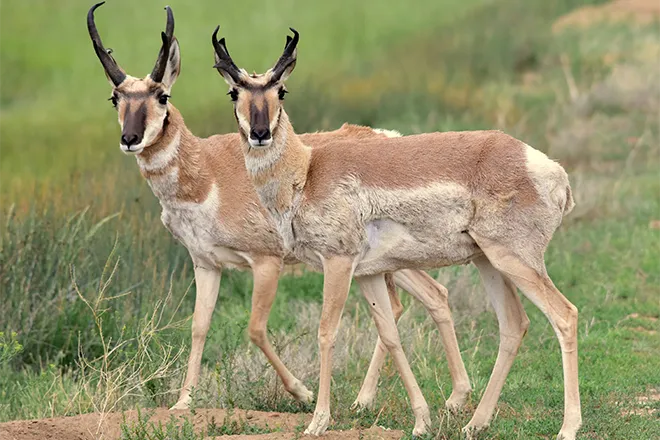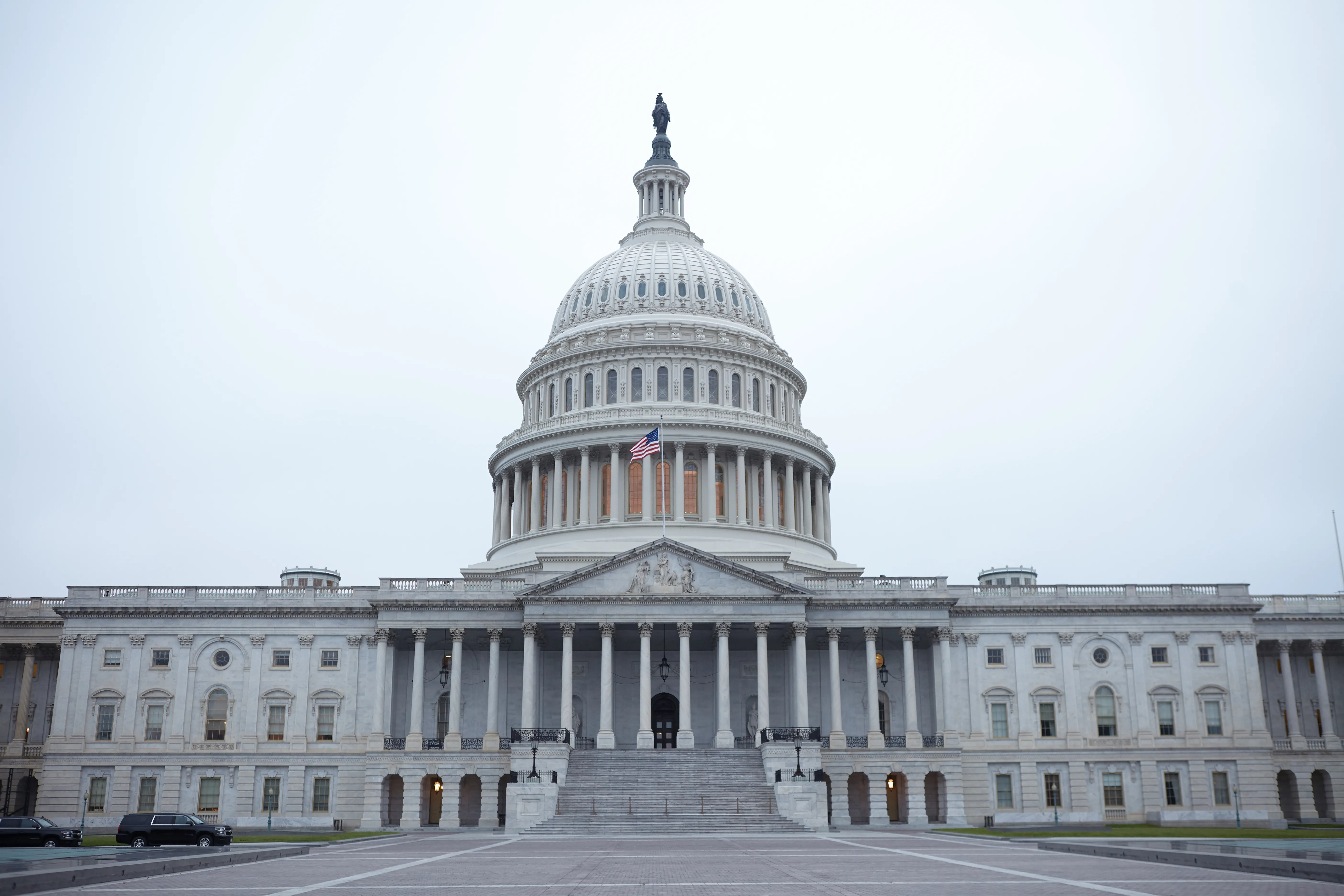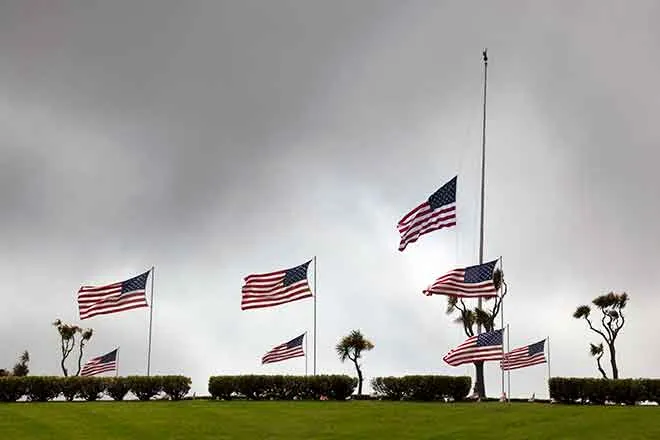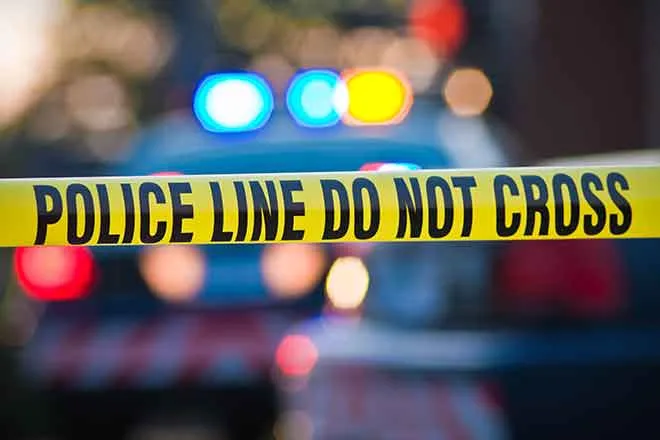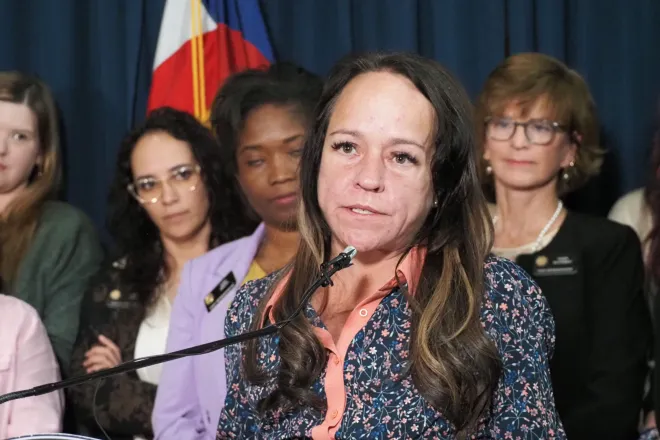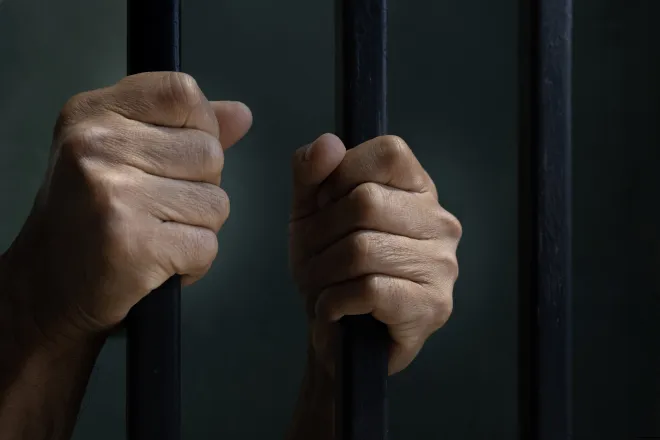
FBI promises missing Indigenous investigations but deletes historical data
Click play to listen to this article.
The FBI has said it will add resources in 10 states including New Mexico to tackle unresolved crimes, with a focus on those related to missing and murdered indigenous persons but not everyone is convinced it will have a significant effect.
The agency said 60 agents will be deployed to Albuquerque to investigate unsolved crimes.
Darlene Gomez, a tribal attorney, has spent her career advocating for missing and murdered Indigenous women. When it comes to investigations, she said accountability can be lacking.
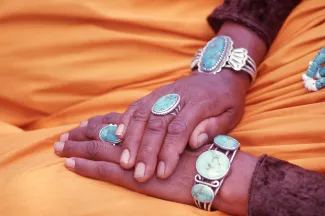
© Rebecca J Becker - iStock-1251580456
"When the Department of Justice or President Trump enacts legislation or (a) special task force, we very rarely see any of the data that comes out of what those task forces were supposed to accomplish," Gomez noted.
Prior to the FBI announcement, the Trump administration scrubbed an online report from the Not Invisible Act Commission, mandated by bipartisan legislation and signed into law by President Donald Trump during his first term.
In the U.S., less than 4 percent of the population identifies as Native American but it is disproportionately affected by violence, domestic abuse and mental health disorders.
Gomez has a friend who's been missing for 24 years, so she is encouraged New Mexico recently adopted the "Turquoise Alert," a system to help locate missing Indigenous people, similar to an Amber Alert for missing children and already operational in California, Colorado and Washington. Nonetheless, Gomez worries New Mexico is backsliding on its commitment to locate the missing.
"I feel like New Mexico was once the premiere state in the country working on murdered, missing, Indigenous women and relative topics, and we were making huge, significant strides," Gomez explained. "Now we are down at the bottom again."
Recent numbers are not available, but as of 2019, homicide was the third most common cause of death for Native American girls ages 15-19 and 20-24. The FBI's National Crime Information Center showed more than 10,000 entries for missing Indigenous people in 2023, a number believed to be inaccurately low.




